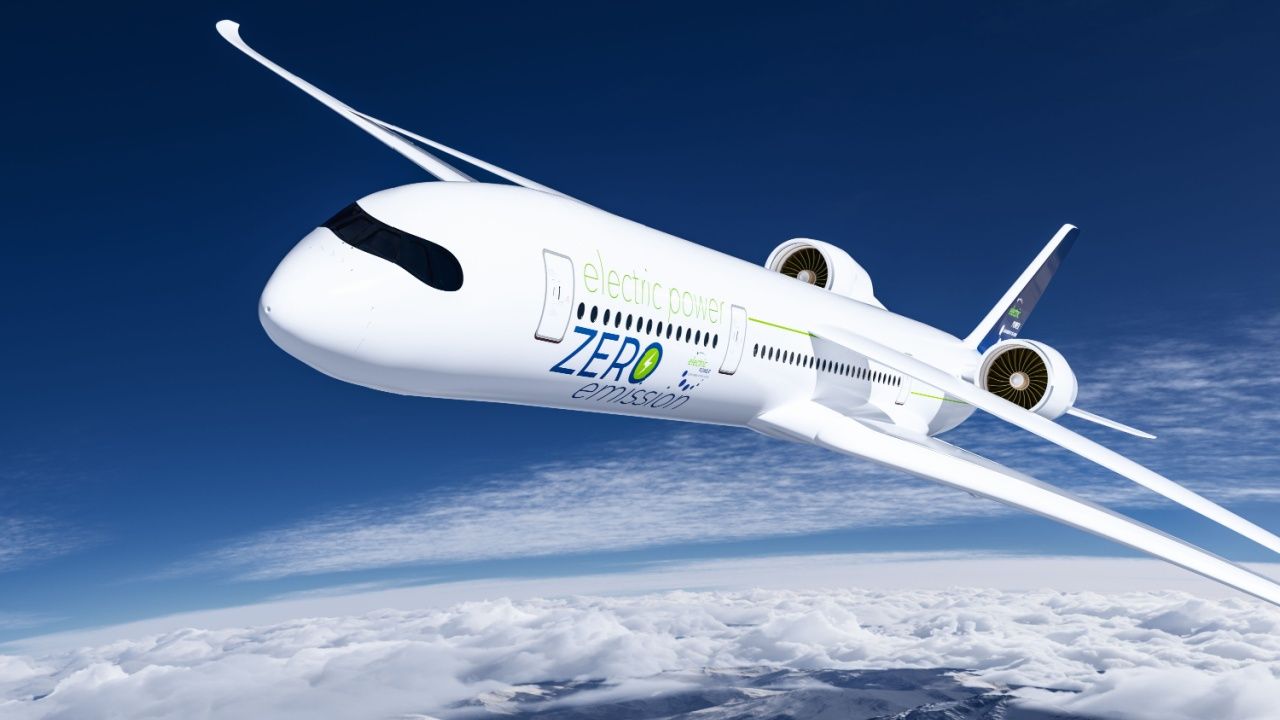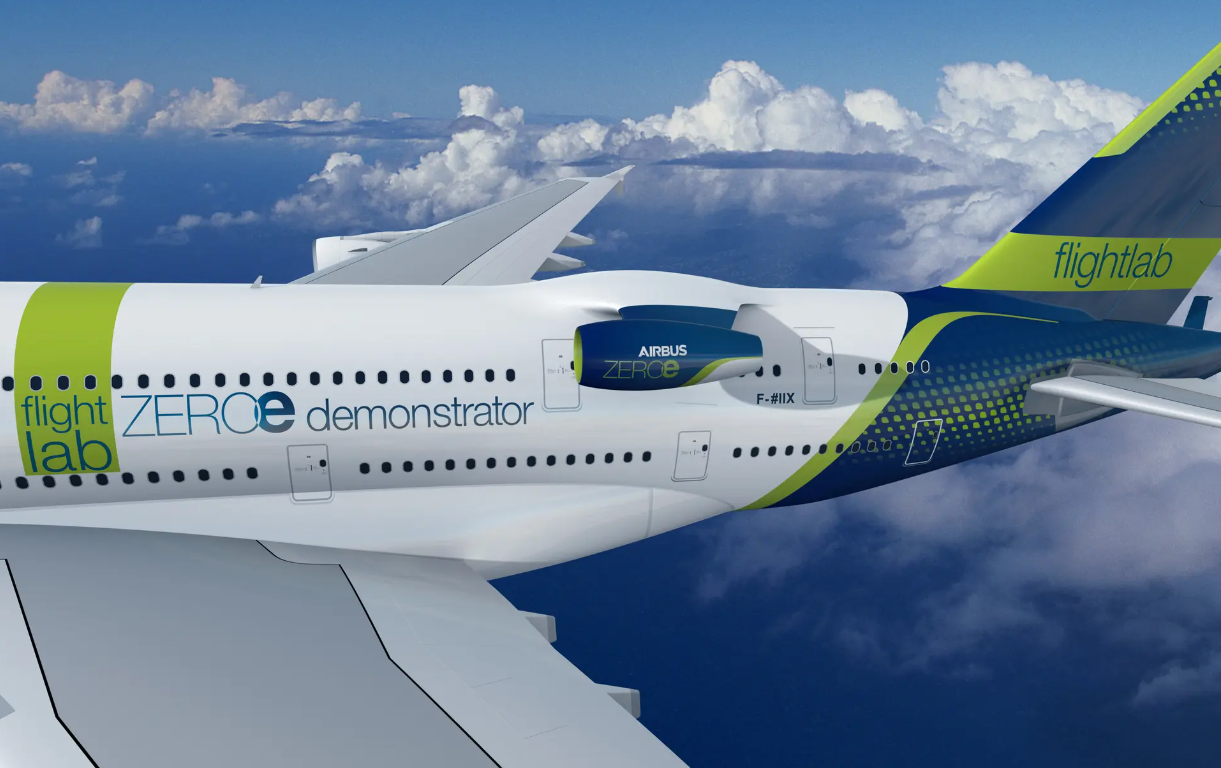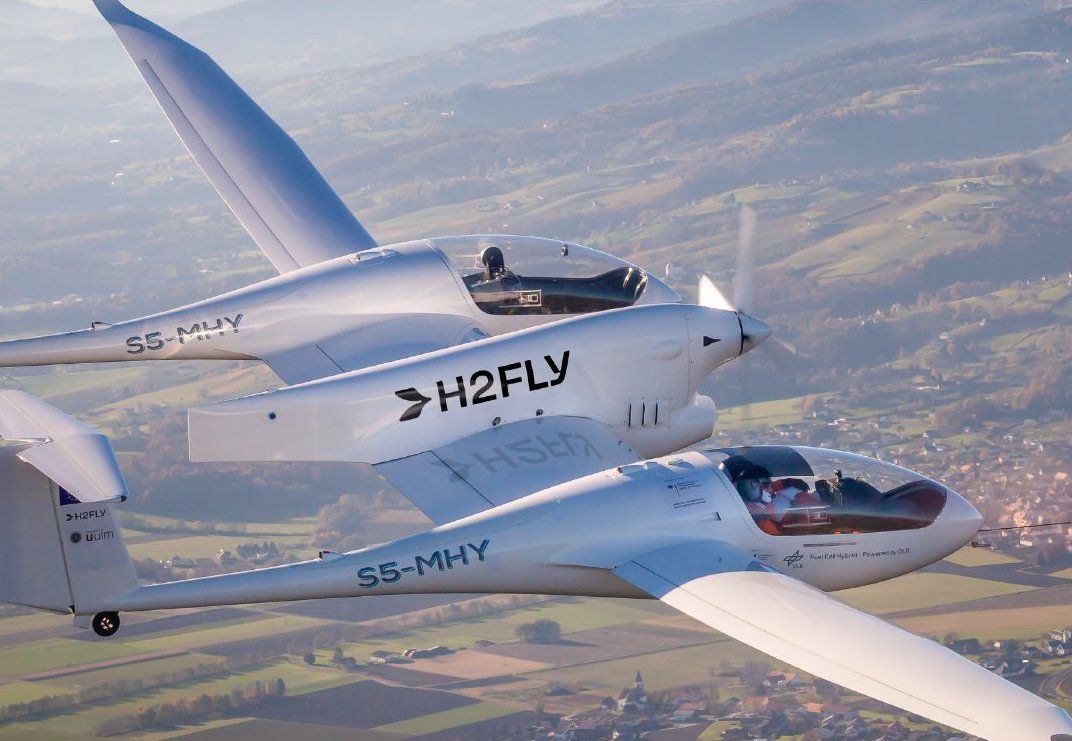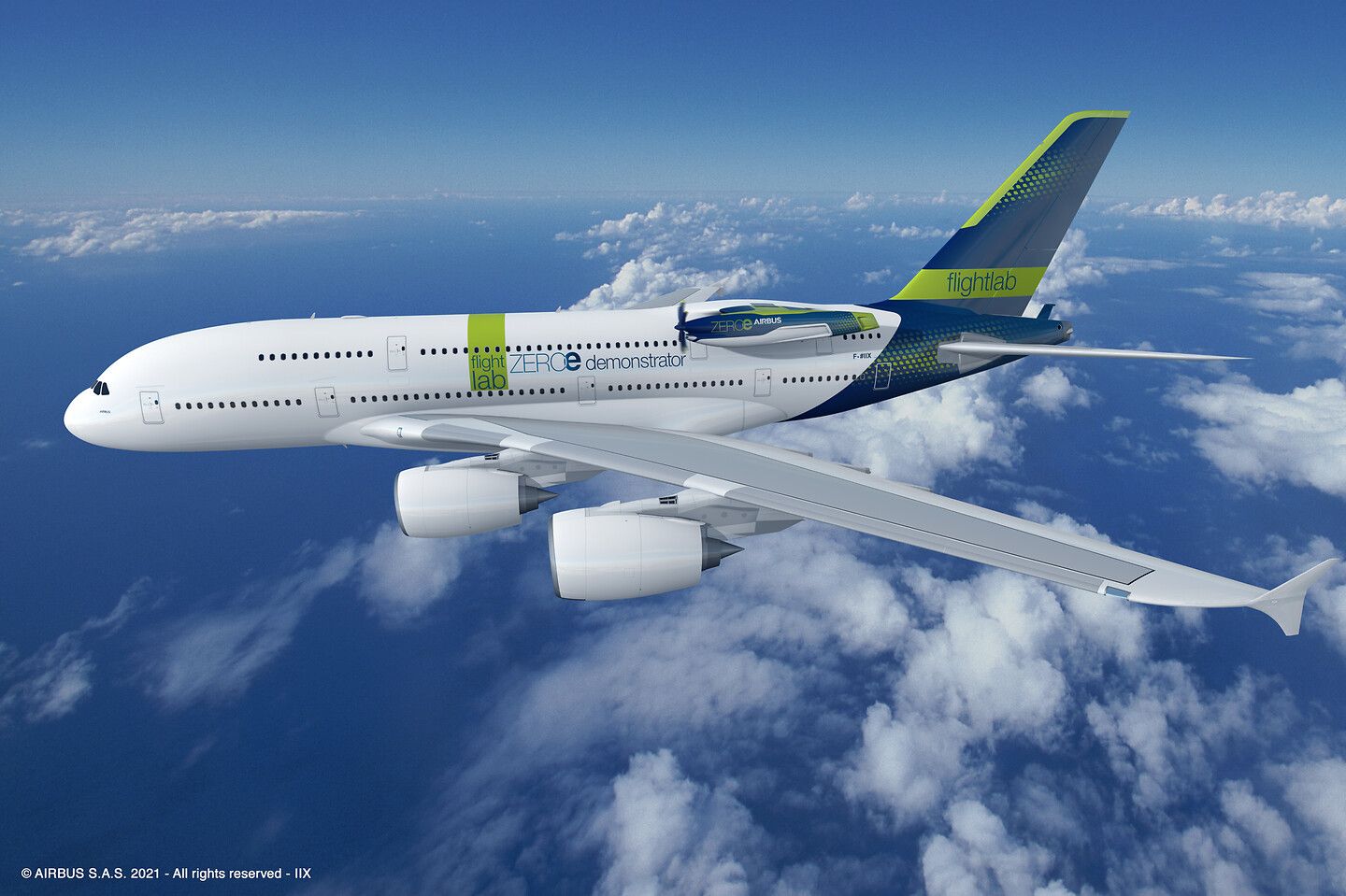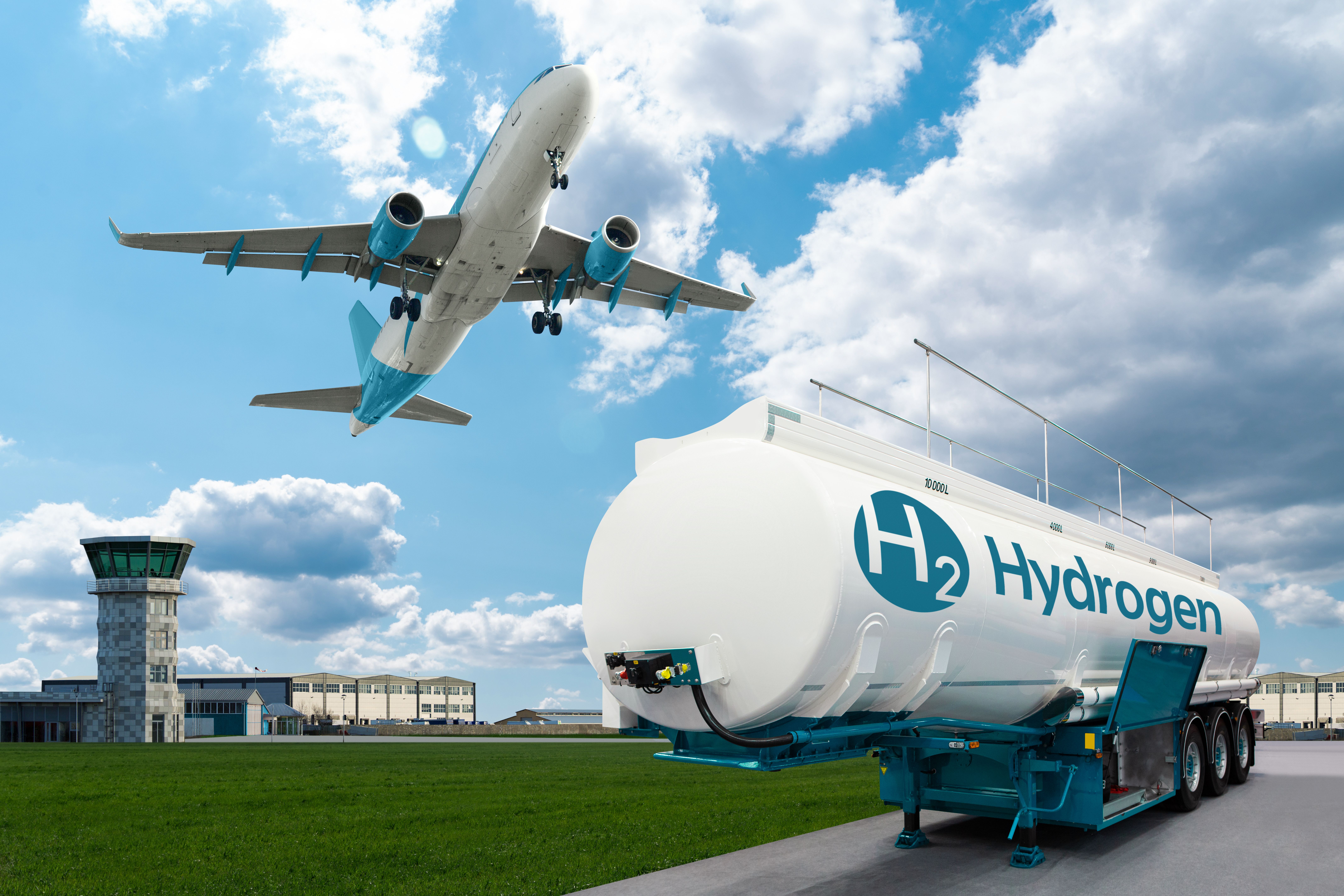Summary
- Traditional jet fuel may begin to be phased out in next 20-30 years; hydrogen is seen as the future fuel due to sustainability.
- Hydrogen-powered aircraft expected to dominate short-haul flights within 20 years.
- Challenges include lower energy density, no existing infrastructure, and higher costs compared to jet fuel.
The path to clean aviation transport is seen as hydrogen (although there may also be a place for other technologies like electric aircraft). Reducing the world’s carbon footprint with the eventual goal of net zero is an effort targeting every industry. Aviation accounts for around 2% of the world’s CO2 emissions (and around 2.5%-3% of greenhouse gas emissions).
The tech and aviation conglomerate Honeywell even foresees conventional jet aviation fuel largely disappearing in the next 20 to 30 years. The race to develop hydrogen-powered aircraft has begun, and even Air New Zealand wasn’t to be a world leader in hydrogen aircraft.
Hydrogen: the future of sustainable flight
Honeywell notes that hydrogen fuel cells “already power thousands of cars, SUVs, transit buses, and unmanned aircraft.” Honeywell says conventional aircraft can’t be far behind.
Photo: Airbus
“We anticipate the use of conventional jet aviation fuel will go away in the next 20-30 years… Hydrogen can be used to generate power for all-electric and hybrid-electric propulsion systems and auxiliary power units, with water as the only byproduct.” Phil Robinson, Senior Director of Zero-Emission Aviation at Honeywell
It’s not just Honeywell; IATA (the International Air Transport Association) also views hydrogen as a key element of the airline industry’s goal of achieving net-zero carbon emissions by 2050. Looking into the future, the IATA believes hydrogen-powered aircraft will be flying short-haul routes of up to 2 hours within the next 20 years.
Suggested milestones:
- 2025: test flight of Dornier 328 hydrogen fuel cell demonstrator
- 2035: first Airbus hydrogen-powered commercial aircraft
- 2040: max range under 2,175 miles
- 2050: aviation net zero
The IATA says that by 2040, hydrogen aircraft will likely have a maximum range of under 3,500 km or 2,175 miles. This would service “at a maximum about half of all fuel consumption in current commercial aviation operations.”
Photo: H2FLY
While the industry is already starting to use sustainable aviation fuel made from renewable feedstocks, it isn’t enough to get to net zero. For that, hydrogen is seen as the fuel of the future and emits only water. Conventional fuels emit more than carbon dioxide; they also emit carbon monoxide, particulates, nitrogen oxide (NOx), and unburned hydrocarbons. Another benefit of hydrogen fuel cell aircraft is that the only sound is from the rotors.
The European Union is a supranational organization investing heavily in hydrogen-powered aircraft (more than similar investments on the federal level in the US). The industry is also striving to build up the capacity to create ‘green hydrogen’ produced using clean, renewable sources (like wind and solar).
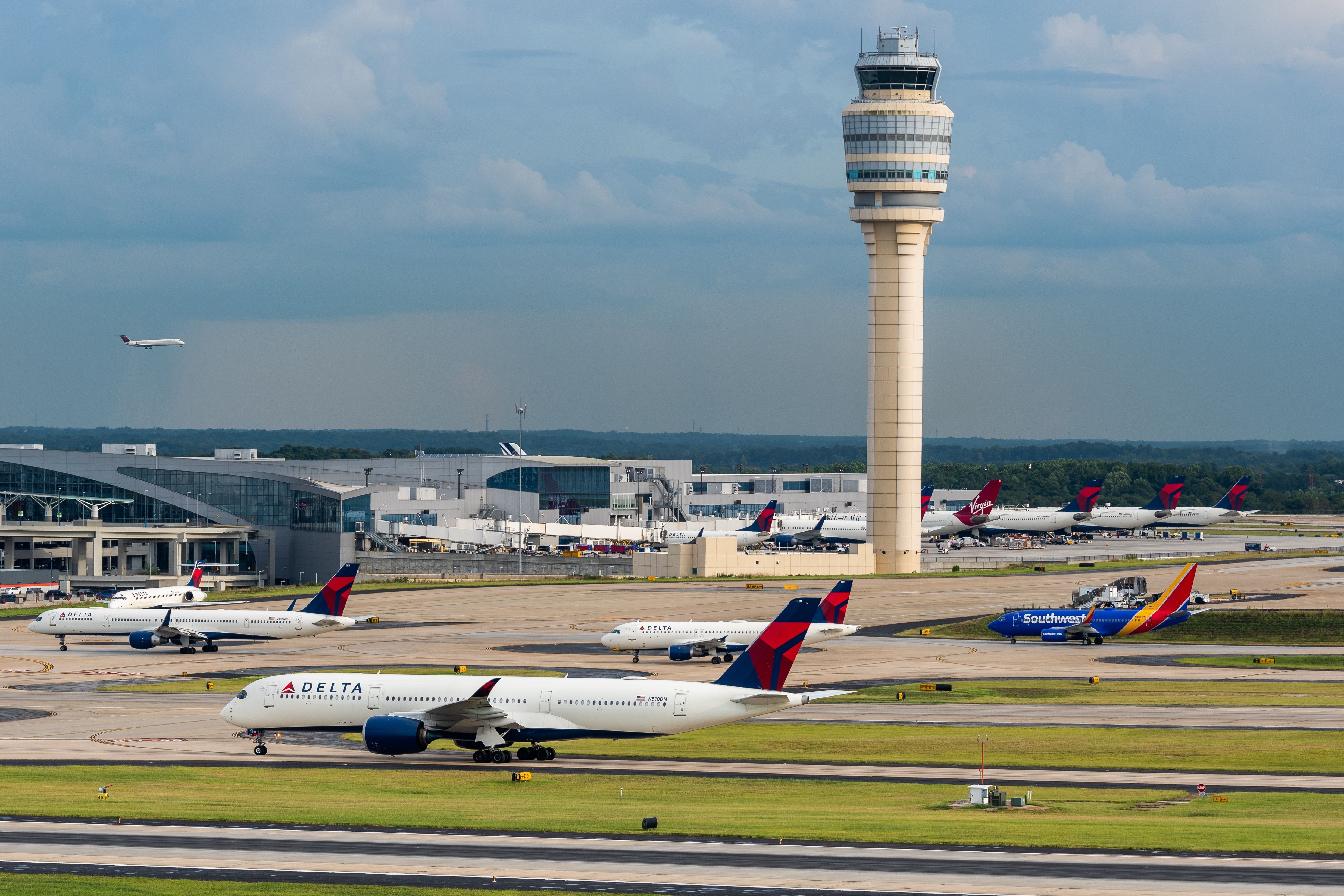
Related
Delta And Airbus Partner On Hydrogen Fuel Study At Hartsfield Jackson International Airport
The study will look at the possibility of having a hydrogen-based hub at ATL.
Driven by sustainability
The move to hydrogen is motivated only by sustainability. From an engineering point of view, there is no incentive to move away from jet fuel. Transitioning to hydrogen is no easy feat. Jet fuel is around four times the volumetric energy density of hydrogen. This means that aircraft will need a fuel tank four times the size to fly the same distance on hydrogen.
Photo: Airbus
Challenges of hydrogen fuel:
- 4-5x lower energy density
- lack of existing infrastructure
- increased fuel tanks needed
- higher costs
With the technology still in its infancy, it currently costs around four times more to use hydrogen than jet fuel on a flight-mile basis (prices are expected to drop once the industry starts to scale up). An unfavorable price gap is expected to remain for a considerable amount of time.
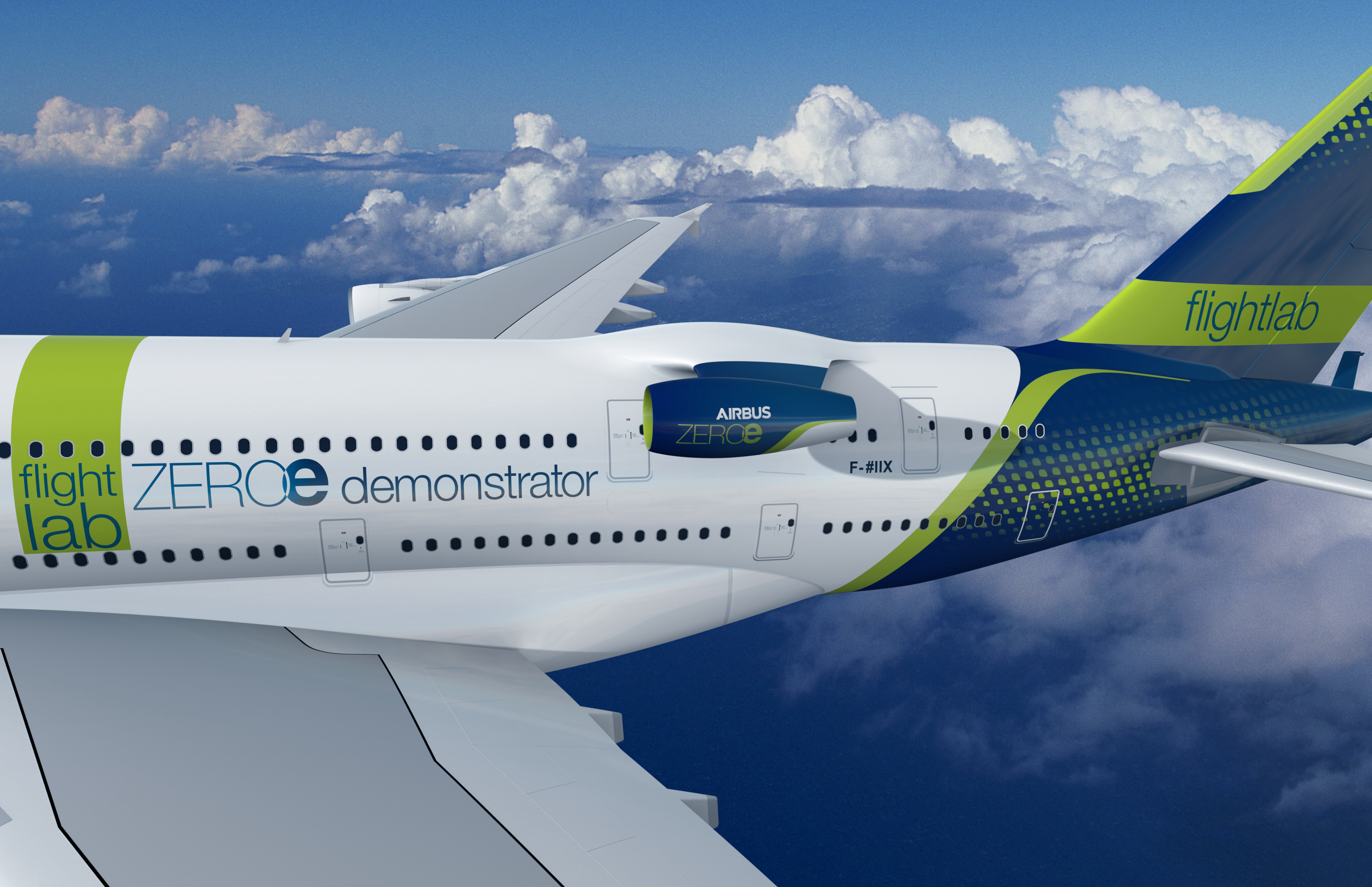
Related
How Does A Hydrogen Jet Engine Work?
Airbus and CFM International partner on the manufacturer’s A380 testbed.
Hydrogen aircraft in development
One of the most prominent examples of a hydrogen-powered passenger aircraft is the ZEROe project being developed by Airbus. The project is planning to create a zero-emission aircraft by 2035. So far, Airbus’s ZEROe has produced a prototype cryogenic hydrogen tank that allows hydrogen to be carried in liquid form at extremely low temperatures. The world’s first airport liquid hydrogen refueling facility is currently under construction at Blagnac airport in Toulouse, France, for the future ZEROe aircraft.
|
Airbus ZEROe Concept Aircraft: |
Range: |
Passengers: |
Propulsion: |
|---|---|---|---|
|
Turbofan: |
2,000+nm |
<200 |
2x hybrid-hydrogen turbofan engines |
|
Turboprop: |
1,000+nm |
<100 |
2x hybrid-hydrogen turbofan engines |
|
Blended-wing body: |
2,000+nm |
<200 |
2x hybrid-hydrogen turbofan engines |
|
Fully electrical concept: |
1,000 nm |
<100 |
fuel cells |
Image: Scharfsinn | Shutterstock
Honeywell also points to the Dornier 328 hydrogen fuel cell demonstrator being built by Deutsch Aircraft. It is planned to fly in 2025. Honeywell has also become a leading manufacturer of hydrogen fuel cells since it acquired Ballard Unmanned Systems in 2020. These cells are being used in unmanned aerial vehicles (aka drones).
Airbus has also said that the A380 will be used as a test bed for liquid hydrogen. Other hydrogen experiments and testing have occurred with Universal Hydrogen, Rolls-Royce and easyJet, and H2FLY (which completed its first flight in 2023). ZeroAvia was one of the first aircraft to test the technology in 2023 using fuel cell-powered electric motors.
Another technology being developed is battery electric propulsion. However, these are currently limited to very small aircraft flying only short-range. The current battery energy density and weight severely restrict the range and size of the aircraft. Eviation tested one battery-electric aircraft in 2022 (that 9-seat aircraft has a max flight range of around 450 km or 280 miles).
Photo: H2 Clipper Inc
Airships are also potentially about to make a comeback and H2 Clipper is building a giant airship to transport hydrogen. It hopes its new airship could be the hydrogen pipeline of the skies, helping to facilitate the industry.

